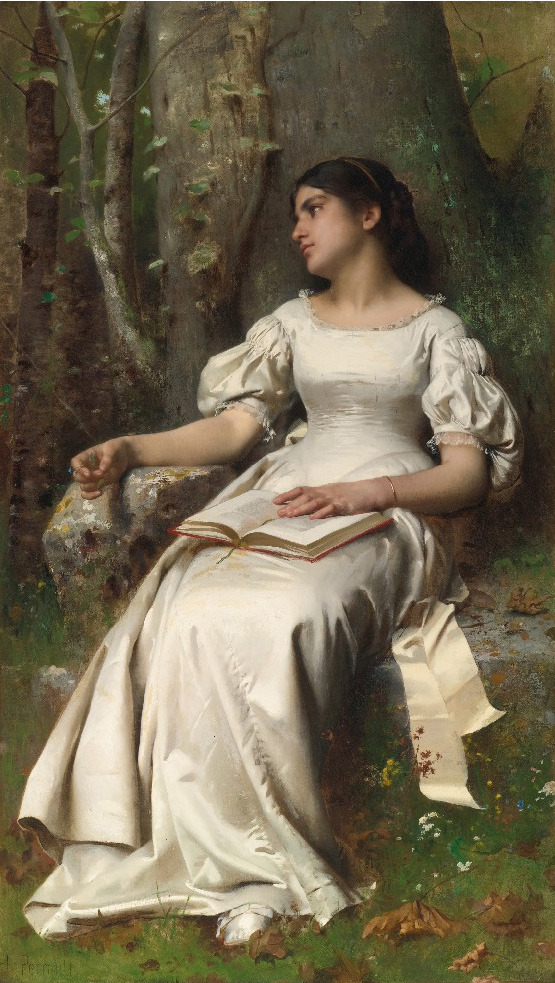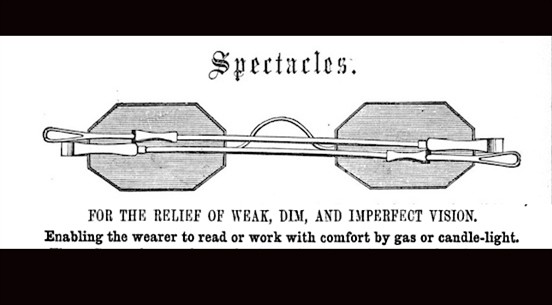Eyewear for Nearsighted 19th Lady Naturalists
Well, by gum, it's happened: I got my first pair of bifocals for "the relief of weak, dim and imperfect vision" as advertised above. Yes, I want "to read...with comfort by gas or candlelight." Who doesn't? And because I want to know what did 19th century lady naturalists do when their youthful eyesight began to fail I researched corrective eyewear historians! (this is a branch of historian).
[Short-sightedness is reaching epidemic proportions. It's reading that has f&*ed us all up. By 2050, scientists predict more than 4.7 billion people, roughly half of the global population, will be nearsighted.]
 |
| Attagirl. Look away from the book. |
 |
| How should Nan tell her friend to stop reading? Alice, think of your eyes, darling. |
According to the American Academy of Opthalmology's Timeline of Glasses, "in the 1800s eyeglass were considered evidence of old age and infirmity. As a result, people preferred to wear spectacles only when they were needed. This was especially true for women (italics mine. Sideeye also mine). Those who could afford it found hand-held designs such as the lorgnette to avoid having glasses on their faces."
Lorgnette incidentally comes from the French lorgner, "to take a sidelong look at." Ahem.
 |
| Are you looking at my lorgnette? |
 |
| Yes. |

Comments
Post a Comment